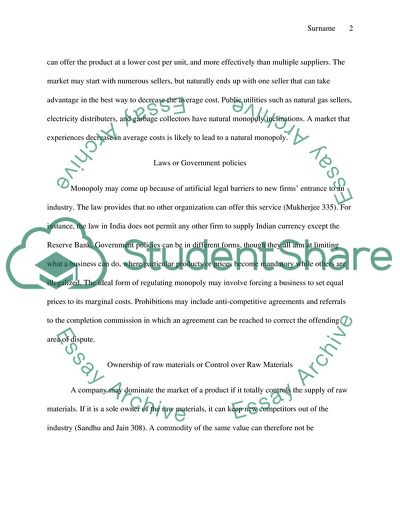Cite this document
(“Micro Economic Essay Example | Topics and Well Written Essays - 750 words”, n.d.)
Micro Economic Essay Example | Topics and Well Written Essays - 750 words. Retrieved from https://studentshare.org/macro-microeconomics/1609472-micro-economic-essay
Micro Economic Essay Example | Topics and Well Written Essays - 750 words. Retrieved from https://studentshare.org/macro-microeconomics/1609472-micro-economic-essay
(Micro Economic Essay Example | Topics and Well Written Essays - 750 Words)
Micro Economic Essay Example | Topics and Well Written Essays - 750 Words. https://studentshare.org/macro-microeconomics/1609472-micro-economic-essay.
Micro Economic Essay Example | Topics and Well Written Essays - 750 Words. https://studentshare.org/macro-microeconomics/1609472-micro-economic-essay.
“Micro Economic Essay Example | Topics and Well Written Essays - 750 Words”, n.d. https://studentshare.org/macro-microeconomics/1609472-micro-economic-essay.


